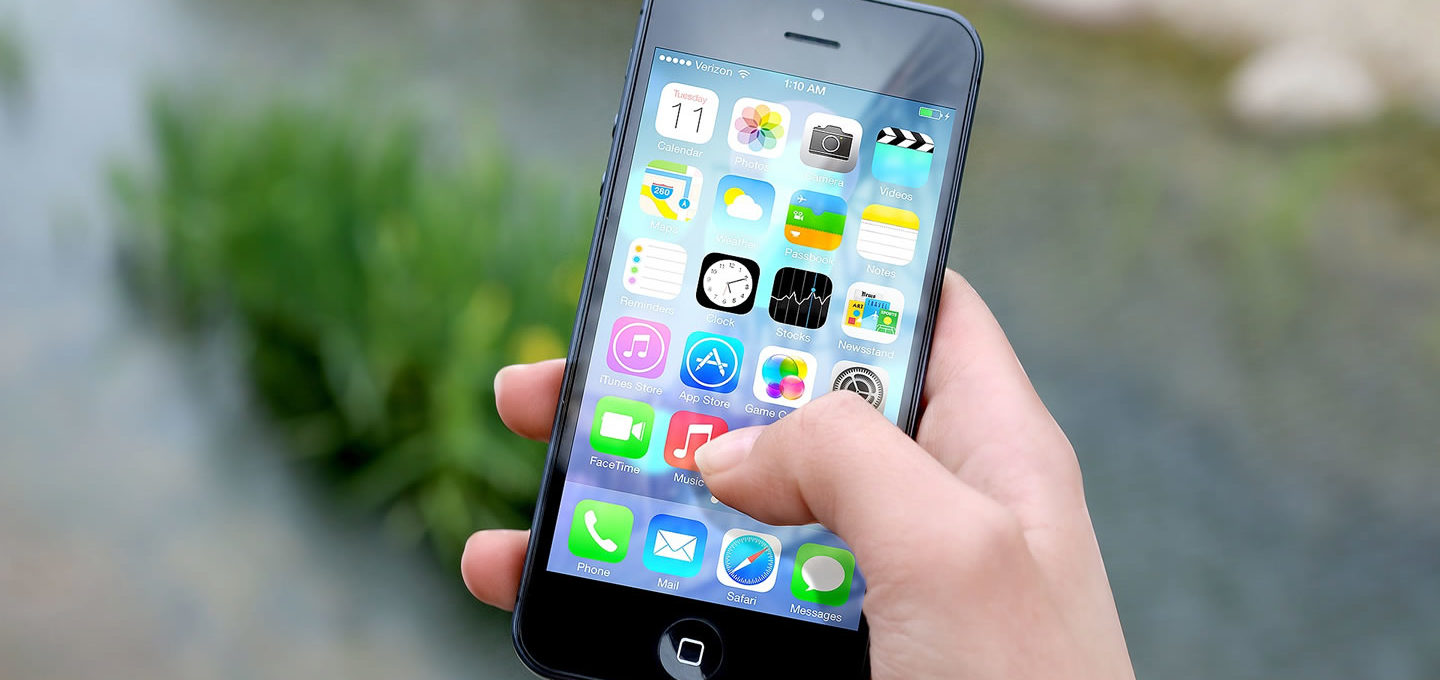Smartphones and tablets have had a huge impact on all of our lives. In many ways, they have become an integral part of how we get by day-to-day, functioning as a hub of information featuring everything from the latest news to what is in our calendar for the week. Apps, of course, play a key role in this, as the software programs provide access to a range of services that ensure we can easily keep on top of key issues.
A huge rise in popularity
These applications come in many shapes and sizes, and recent research compiled by Newzoo and Activision Blizzard Media has put a spotlight on some of the most popular out there today. Social media perhaps unsurprisingly tops the list, while the dominance of major retail brands, including Amazon, may well be linked to the fact that shopping comes in second.
Music and gaming tie in third position, with the findings highlighting just how popular using a mobile for the latter has become. So many different gaming experiences are now available on smartphones, and while the likes of Candy Crush Friends Saga and Pokemon Go remain popular, different niches such as iGaming have taken advantage of mobile developments, with apps like Ted Bingo on mobile providing a range of games while out and about. Other popular app types identified by the research include video streaming, current affairs, sport, and health and fitness.
The popularity of apps has, of course, led many businesses to consider how they can make use of them, but it is not uncommon for one key question to emerge during such discussions: just how can businesses ultimately make money from them?
How can small businesses profit?
While it is not a question with a straightforward answer, some new research has at least highlighted how small firms in the US attempt to tackle the issue. The survey released by Visual Objects at the end of February found that 42 percent of small businesses with apps have taken steps to monetise them, while interestingly those with a larger number of employees are more likely to do so.
The report also found that smaller firms are most likely to opt for two specific types of payment model, with around one third selecting in-app purchases or subscriptions and 25 percent instead opting to charge users an upfront fee to download the service.
The study went on to emphasise how getting the payment model right could be tricky, and some doubts were raised as to whether an upfront cost could ultimately act as a barrier. In addition, Visual Objects added that, while offering something for free may seem generous, it can be a useful approach if the ultimate plan is to attract advertising down the line.
A key issue
Such findings highlight that while brands may be keen to see how an app could work for them, figuring out how to monetise the concept is a key issue that needs to be considered from the outset.
While it may be initially tough to get right, finding the right balance on the issue of payment could prove key and ultimately lead to major rewards in the long term.
Source Pixabay

